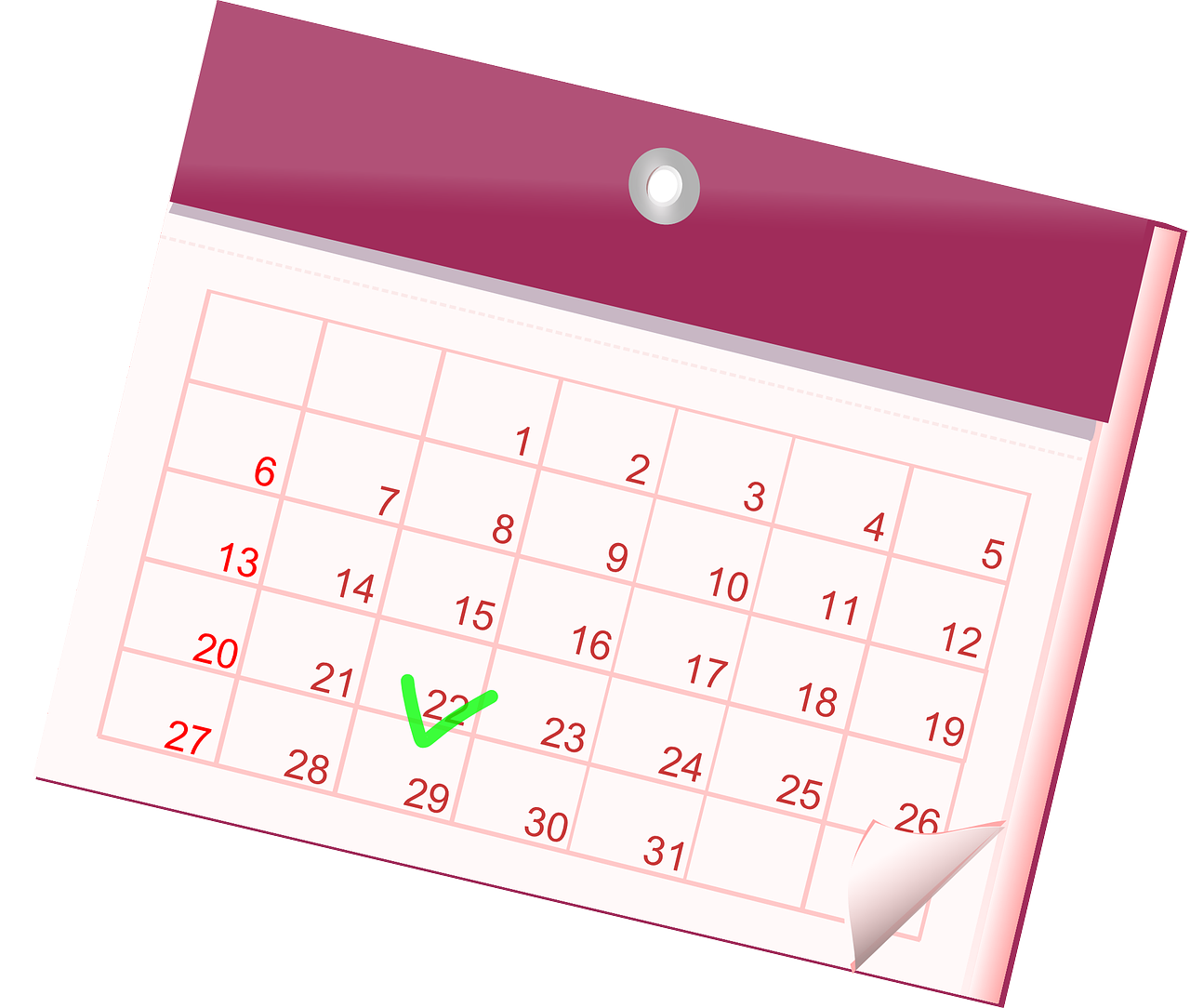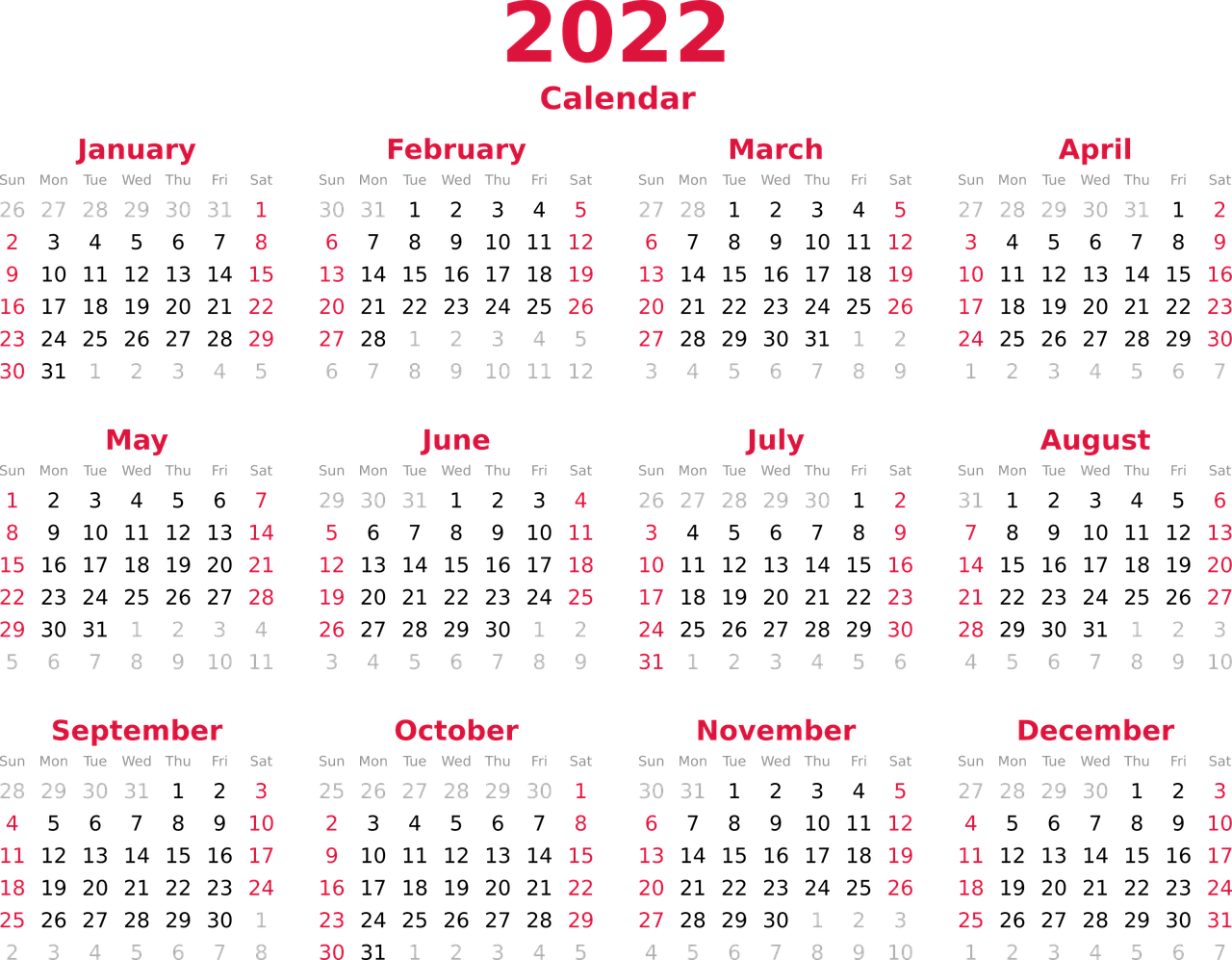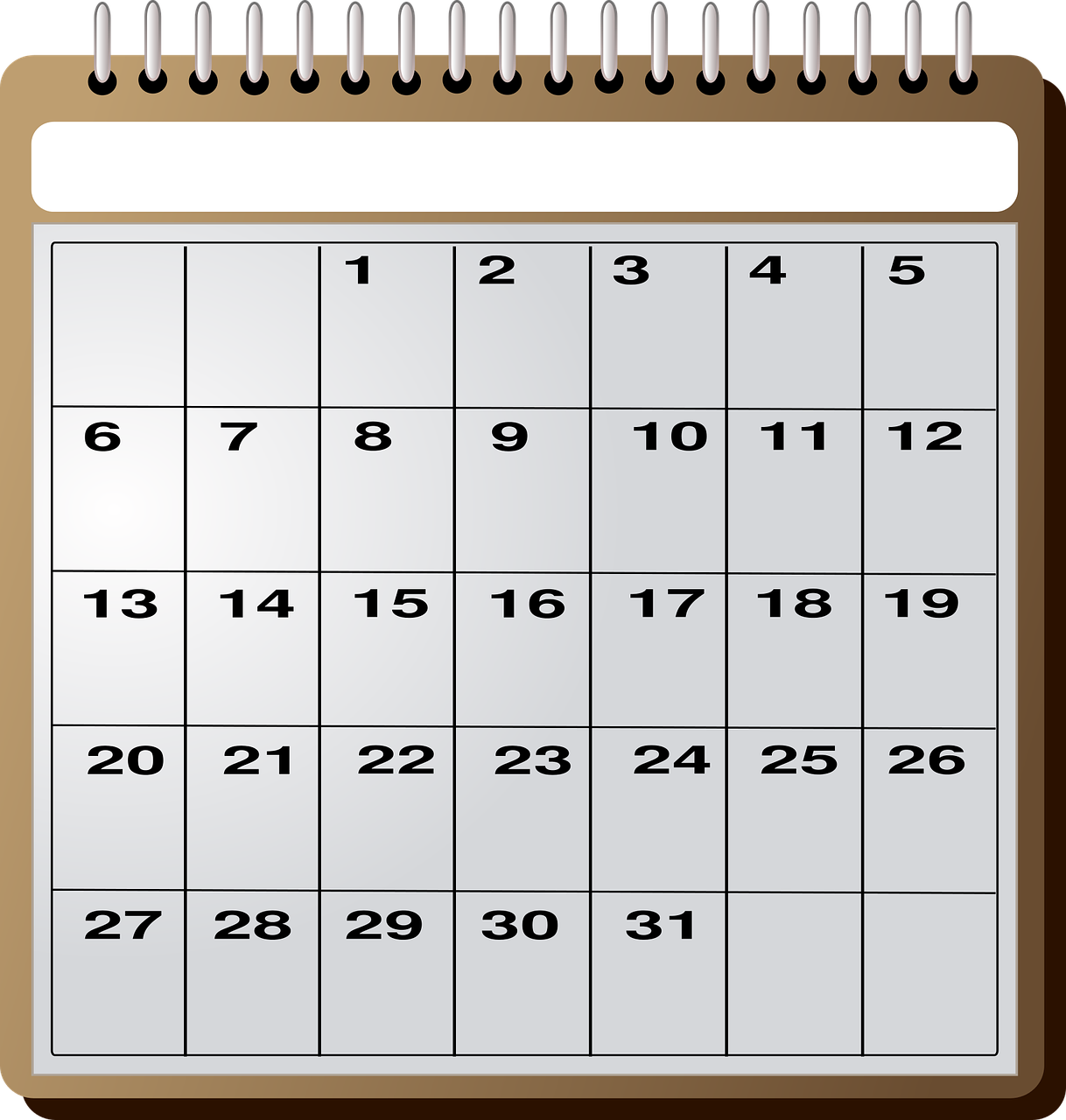
|
IN BRIEF
|
Creating an effective content calendar for your blog is crucial for maintaining organization and coherence in your content strategy. A well-structured calendar allows you to plan and schedule your content marketing efforts, ensuring that you deliver the right messages to your target audience at the right time. By identifying your content goals and incorporating various content types, you can engage your readers, drive traffic, and enhance your overall blogging experience. This approach not only streamlines your workflow but also empowers you to submit relevant and compelling posts that resonate with your audience.

How to Create a Successful Blog Content Calendar
Creating a blog content calendar is a crucial step for any blogger looking to enhance their content marketing strategy. This tool allows you to meticulously plan and schedule your content, ensuring that you deliver the right material to your audience at the optimal time. A well-structured calendar not only helps in organizing blog posts, but also accommodates various formats like videos, podcasts, and eBooks, enabling a diverse and engaging experience for readers.
To build your calendar effectively, begin by clarifying your content marketing goals. These goals might range from increasing website traffic to enhancing reader engagement. Next, outline topics that resonate with your audience, assign due dates for each post, and establish their publication timelines. Tools such as Google Sheets or dedicated editorial planning software can simplify this process. Regular updates and evaluations of your calendar are essential to adapt to changing trends and audience preferences, ensuring that your content remains relevant and impactful.

Creating an Effective Content Calendar
Establishing a content calendar is a crucial step in enhancing your content marketing strategy. By planning and scheduling your content in advance, you ensure that you deliver the right message at the ideal time for your audience. For instance, a diverse strategy might involve various content types such as blog posts, videos, and podcasts, each fulfilling a different purpose and catering to various segments of your audience. Studies suggest that companies with a structured content calendar can see up to a 30% increase in engagement rates.
Additionally, setting specific and measurable goals when developing your content calendar can significantly refine your approach. For instance, if your goal is to increase website traffic or enhance user engagement, specifying these objectives from the start can guide the topics you choose and the content types you focus on. Choosing a platform like Google Sheets or dedicated software such as Planable can streamline this process, allowing you to monitor progress effortlessly. This ongoing alignment with your goals keeps your content relevant and impactful, ultimately driving better results for your blogging strategy. For comprehensive insights on effective content marketing strategies, check out this resource.
Creating an Effective Content Calendar
Why a Content Calendar is Essential
Developing a content calendar is pivotal for any blogger looking to enhance their digital marketing strategy. This tool not only facilitates planning but also allows for timely delivery of content that resonates with your target audience. To truly streamline your process, it is important to include various content types that appeal to different segments of your audience. For example, alongside traditional blog posts, consider integrating videos, podcasts, or even eBooks into your calendar to diversify your outreach.
When building your content calendar, analyze your goals and the insights gathered from your audience. This will help you craft a targeted approach. Each piece of content should be assigned a specific publication date and other essential details to ensure consistency and keep your workflow organized. You can leverage tools such as Creately, Blogger Hangout, or Rewriter App to create and manage your calendar effectively.
- Establish clear content marketing goals to guide your strategy.
- Choose a variety of content types to engage a broader audience.
- Regularly update your calendar to reflect changes in trends or strategy.
- Utilize tools like Rankz for structured planning.
- Keep track of your progress and adjust your strategy based on analytics.
Incorporating these elements into your content calendar will not only enhance your blogging efforts but also keep your content relevant and engaging. As you refine your calendar, remember to establish a routine for updates to ensure you remain nimble and responsive to changes in your niche.

Creating a Successful Content Calendar
A well-structured content calendar allows you to effectively plan and schedule your content marketing strategies in advance. By ensuring that you produce the right type of content at the ideal time, you can significantly enhance your ability to attract and engage your target audience. With various content types such as blog posts, videos, podcasts, and eBooks to manage, developing a content calendar becomes crucial for maintaining focus and consistency.
Your blog content calendar should incorporate essential details such as topics for your articles, due dates, publication dates, and any additional information necessary for navigating the content flow. Tools like Google Sheets or editorial calendar software can simplify this process, allowing you to easily track and organize your efforts. A successful calendar acts as your secret weapon, helping to drive results by providing a clear roadmap for your content strategy.
To build a robust content calendar, first, identify your content marketing goals. Analyze your audience and market to gather relevant ideas that align with these objectives. This initial groundwork serves as the foundation of your entire strategy, guiding all subsequent content creation efforts. Additionally, ensure you regularly update your calendar to reflect any shifts in strategy or emerging trends, maintaining its effectiveness throughout the year.
Diversifying your content types will keep your audience engaged and enhance the overall impact of your marketing efforts. Incorporate a mix of in-depth articles, quick tips, and customer stories within your calendar to captivate a broad audience spectrum. In summary, crafting a thoughtful and well-organized content calendar is fundamental to achieving sustained success in your blogging journey.

Developing a content calendar is a crucial step in boosting your blogging effectiveness and enhancing your overall content marketing strategy. By identifying your content marketing goals, you lay a solid foundation for your calendar. This involves outlining specific, measurable objectives that guide all your content creation efforts. Once established, the next step is to select the various content types you will produce, which can include a mix of in-depth blog posts, videos, and podcasts to keep your audience engaged.
Once you have crafted your calendar, ensure that it remains dynamic by incorporating regular updates. This enables your calendar to reflect necessary adjustments in your strategy, trends, or audience preferences. Emphasizing task deadlines, publication dates, and the overall flow of content will help streamline your efforts and maintain consistency across all platforms.
Ultimately, a well-structured content calendar not only helps in planning and organizing your posts but is also an essential tool in achieving your blogging goals. It empowers you to stay focused and drive results, ensuring that each piece of content resonates with your target audience.
